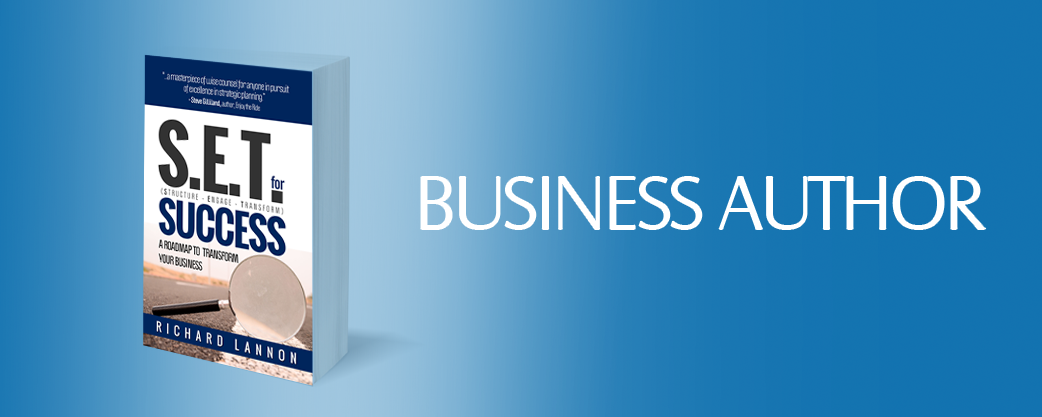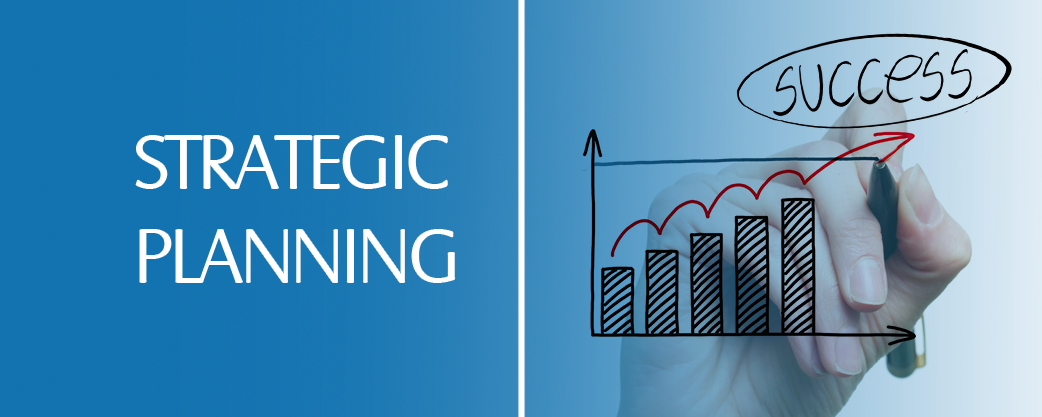Decision-making errors exist within all levels of organizations. Especially when you consider the complexity of technology, work place trends and culture. Some common challenges and examples include: Focusing on the symptoms instead of the problem Having no clear picture of the desired outcome Becoming fixated on only […]
Read more →I was out having coffee with a group of project managers and business analysts; we were just chatting about careers and the various projects we’d worked on over the years. Then someone said, “Hey, what do you do to read people’s body language?” The statement made me […]
Read more →The ability to coach has become a requisite for all professionals. I have delivered this message many times when working with business leaders and professionals. Recently, I was speaking with a group of professionals. One of them asked what skill-set was required within business analysis. My response […]
Read more →For a lot of organizations and departments, it is the strategic and implementation planning time of year. So I thought the best way to help you was to provide a list of some of my most read articles on the topic of strategic and implementation planning. Here […]
Read more →It still amazes me, after 14 years of speaking, teaching and writing about Business Analysis I still get this question: “What is the difference between a Business Analyst and a Project Manager?” I was teaching a Fundamentals of Business Analysis program for Project Managers when this question […]
Read more →I was reading the blog of a well-known and established management consultant who recommended that, in order to perform better we have to learn faster. This was in relations to BI (business intelligence) and AI (artificial intelligence) and what professionals need to do to survive the advent […]
Read more →













